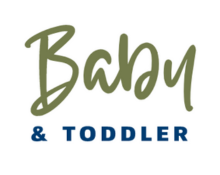
The “V-hold” is a breastfeeding technique that can be used to support and guide your baby during breastfeeding. It involves using your hand to form a “V” shape around your breast to provide support and help shape the breast for a better latch. Here’s how to do the V-hold:
Position yourself comfortably: Sit in a comfortable position for breastfeeding, ensuring that your back is well-supported. Use pillows or cushions if needed to help you relax.
Position your baby: Bring your baby close to your breast, aligning their nose with your nipple. Make sure their body is facing yours, and their mouth is at the same level as your nipple.
Form a “V” shape with your hand: Place your hand on your breast, forming a “V” shape with your index and middle fingers. The base of the “V” should be just above the areola, and the fingers should be positioned behind the areola, away from the nipple.
Support your breast: Gently lift and support your breast with the V-hold. This can help shape the breast and make it easier for your baby to latch onto the areola, ensuring a deep latch.
Guide your baby’s latch: With your hand in the V-hold, guide your baby’s mouth to your breast. Brush their lips with your nipple to stimulate their rooting reflex and encourage them to open wide. Once their mouth is open, bring them in close to your breast, aiming for a wide latch that includes a good portion of the areola along with the nipple.
Adjust as needed: Throughout the feeding, you can adjust your hand position as necessary to provide continuous support and ensure a comfortable and effective latch for both you and your baby.
The V-hold can be helpful in providing support and control during breastfeeding, especially if you have larger breasts or if your baby needs extra guidance during latching. However, every breastfeeding journey is unique, and different techniques may work better for different individuals. Feel free to experiment with different positions and techniques to find what works best for you and your baby. If you have any concerns or difficulties with breastfeeding, consider reaching out to a lactation consultant for personalized support and guidance.
